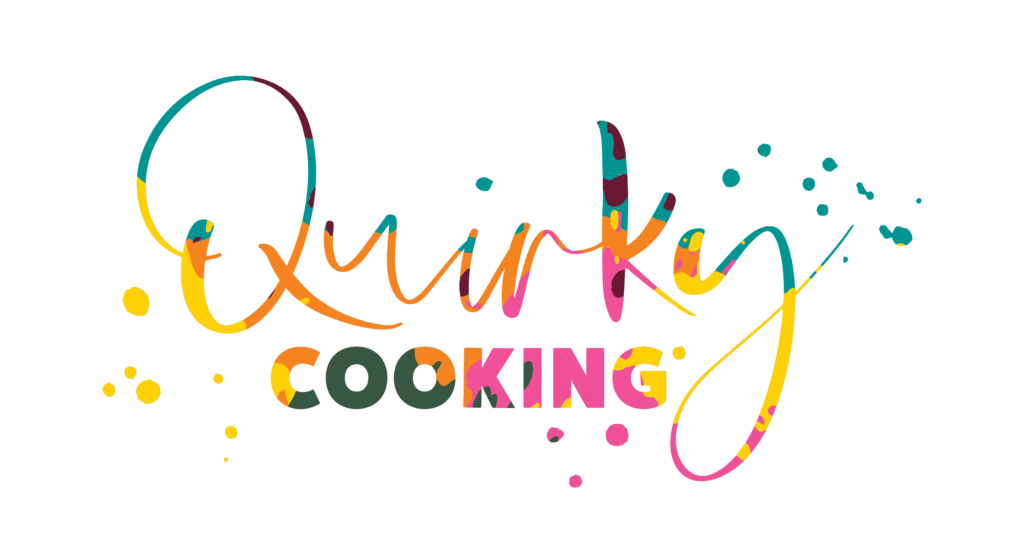No products in the cart.
Book, GAPS, Gluten Free, Grain Free, Gut Health, Health, Health Tips, Tips
Where do I start with GAPS?
Posted on by QuirkyJo

One of the questions we are frequently asked is, “Where do I start with GAPS? It feels so overwhelming, I don’t know where to begin!”.
There seems to be both a knowledge barrier and an emotional barrier when GAPS is considered, and many are overwhelmed just at the thought. Our belief is that just by considering GAPS, you’ve already started your GAPS journey. In other words, GAPS begins when you start exploring the diet, getting educated on gut health, and when you start making little changes to the way you eat to be more in line with the GAPS principles. This is a guide for you to make the transition to GAPS as easy as possible.
1. Read the GAPS book: Gut and Psychology Syndrome and/or Gut and Physiology Syndrome are the must-read books by Dr Natasha Campbell McBride (available in my online store).
Reading these books (or the one that most applies to your situation) will help give you an understanding of the root cause of your symptoms, how your gut health can be improved, and where to start. Don’t be overwhelmed by things you don’t understand in the book. At the stage of initial reading, it’s important to take what you can and not worry about “getting it all”.
2. Begin by focusing on ‘adding in’ not ‘taking out’: Start adding in as many healing foods to your diet as possible. As you bring in more and more nourishing foods, you’ll naturally crowd out the less nourishing foods. Here are the 6 most nourishing foods that you should focus on: Top 6 Foods for Gut Health.
3. Get back to whole foods: Keep it simple – use basic, natural, traditional ingredients – and avoid packets, numbers and ‘fake foods’. A big part of the reason why our gut health isn’t great is due to the artificial additives contained in commercially available food. Home cooking with whole foods is best!
4. Work on omitting foods containing gluten: Gluten causes gut permeability, so avoid wheat/spelt flour, breads, pastas, etc, and focus on simple meals made with meat, veggies, nuts, seeds, eggs, fish, leafy greens, fruit, etc – soups, stews and casseroles are best. Easy to digest, healing foods are what you most need at this time to mend your gut wall.
5. Add in some probiotics: Start slowly with a few drops of sauerkraut juice sprinkled over your meals. Work up to having a spoonful of sauerkraut at each meal. Then add in a good, broad-spectrum probiotic, just a little of the powder mixed into a glass of water each day. Increasing the beneficial bacteria in your gut will help speed up the healing.
6. Give your digestion a break: Reduce the starches (potatoes, sweet potatoes, tapioca, parsnips, cassava, yams, Jerusalem artichokes, sugars, legumes) and work on omitting them altogether once you are ready to really work on healing. This is temporary, but is important to improve gut health, as starches are long-chain sugars, and they take a LOT of work for your gut to break down, which will really slow down your healing. Carrots, pumpkin, squash and beetroot are ok, so swap the starchy vegetables for these nourishing, filling vegetables.
7. Improve your water quality: Council water is treated with chlorine, which is harmful for our gut microbiome; and this is only one of the issues with our water supply. Get educated on this super important topic and find a good quality water filter. Listen to our podcast on water to get the full rundown.
8. Try out some awesome GAPS recipes: We recommend you begin with Full GAPS recipes and work back to Intro recipes as you can. (See a list of the foods allowed on different stages of GAPS here). If you have our cookbook, Life-Changing Food, this will help tremendously for beginning to cook this way. Most of the recipes are suitable for the Full GAPS diet, or have GAPS variations. If you don’t have the book, you can order it here. You’ll also find plenty of GAPS recipes on the blog, and elsewhere online.
9: Learn more and get support: I run an online program with Elyse Comerford Integrative Nutritionist and GAPS Practitioner called The Gut Health Formula. This is an 8-week live program (with 12 months access) focused on improving gut health and working towards the Full GAPS diet by the end of the program. We show you how to implement diet and lifestyle changes in a gentle, sustainable way, while keeping stress levels low! Check it out below.
10. Subscribe to my podcast! Quirky Cooking Chats is a great resource for gut health, GAPS and overall health and wellbeing. It’s free to listen – let me keep you company while you cook, drive, clean the house, or go for a walk! You can subscribe on YouTube here if you’d like to watch while you listen or subscribe on Spotify, Apple or Google podcasts. Note: My YouTube channel has both Season 1 and Season 2 of Quirky Cooking Chats – if you are listening on a podcast app you will find two separate channels for the two seasons.
Here are some great episodes to start with!
– GAPS with Dr Natasha Campbell McBride
– GAPS 101 with Elyse Comerford
– Gut Health Red Flags & Q&A with Elyse Comerford
– Gut Health Where Do I Start?
– Healing with Food – Becky Plotner
11. Consult a practitioner: If you need some professional help with beginning GAPS, we recommend getting an appointment with an experienced GAPS practitioner such as Elyse Comerford & the Well Belly Health team. You can book a free 20-minute initial consult here.

12. Simplify your life: Understand that stress plays a large part in ill health, and this is the time to let go of the things that are hindering your healing. As much as possible, reduce stress in your life. Declutter your home, spend more time relaxing, get out into nature, sleep more, eat simply, exercise gently, organise your day so you are working at your most productive time and resting when you’re tired, get help with the kids and cooking if needed, and don’t be afraid to say no.
13. Remember, healing is a process: It has taken time for your body to become unwell – it will take time to heal. ‘Don’t walk 10 minutes into a forest and expect to get out in 5.’ Don’t be discouraged and disillusioned if this way of eating doesn’t solve all your problems in six weeks or a year or even 2 years – think of this time as your opportunity to stop and listen to your body, learn to cook healing foods, and begin the healing process. Don’t put a time limit on getting well. Work through healing at your own pace. It’s not a race, and the time it takes will be different for everyone.
14. Get the timing right: When you feel like you have some time to just be at home without a lot of outings (e.g. parties/events where you’ll be away from home for a while), you can get started on Stage 1 of the program and work through each stage slowly.
Yes I know GAPS feels like such a big step, and it may seem a bit scary at first, but it’s so worth doing. I wish you all the best in your journey, and I hope to hear about all your successes and little wins!
You can do it!!
Read our GAPS success story here: Isaac’s Story and Quirky Cooking Cooking for Gut Health




